In some good news for the great many hydrogen optimists, including Australia’s chief scientistic Alan Finkel, researchers at Monash University have made a breakthrough in one of the aspects of hydrogen fuel production which has proved the most obstructed.
Many, including Finkel and the Australian Renewable Energy Agency (ARENA) are looking toward hydrogen gas as the clean fuel of the 21st century. Indeed, the same people also think Australia’s abundant renewable resources in solar and wind provide it with a unique opportunity to corner a hydrogen export market.
Of course, until recently, the major hurdle obstructing a seemingly clear road for electrolysis has been the cost of electricity. Of course, the plummeting electricity costs brought about by advancement and proliferation of renewable energies like solar PV has rendered this barrier no more.
However, there is another obstacle to electrolysis, and that is the requisite rare and expensive metal catalysts, such as platinum and iridium. Iridium is one of the rarest, and therefore most expensive, elements on Earth. Indeed, so rare is iridium that it’s most commonly sourced from meteorites.
It is not only the rarity and expense of these metal catalysts that holds up the industrial production of hydrogen, but also the instability of the elements themselves, for even the most stable iridium-based catalysts can only withstand the electrolysis process for a short time before dissolving.
“If you increase the temperature while running water electrolysis, the iridium-based catalyst will dissolve and you lose it,” explained Dr Alexandr Simonov from the Monash School of Chemistry, one of the researchers who has managed to find a solution to this tricky problem. “This is the worst thing that can happen,” continued Simonov, “to dissolve something that costs hundreds of dollars per gram. It can also go into other components of your electrolytic device, contaminating them and preventing them from proper operation.”
Compounding this dissolvability problem, the most advanced electrolysis machines of today don’t use everyday water, nor even alkaline water, but acidic solid-state electrolytes. Unfortunately, the acidity tends to quicken the rare metals’ degradation.
Thankfully, Dr Simonov, along with fellow researchers Dr Manjunath Chatti and James Gardiner, have managed an ingenious solution the problem, and in so doing perhaps opening the way to more economically viable hydrogen generation via electrolysis.
“We’re replacing iridium with elements that are abundant, cheap, and operate in a more stable manner,” said Simonov, “we’ve demonstrated their stability in very strongly acidic conditions and up to 80 degrees Celsius, which is an industrially relevant temperature. We achieved absolutely no degradation.”
The ingenuity of the solution is not simply a substitution of elements, but the development of a “self-healing” system which might just solve the dissolvability problem once and for all. Simonov and his fellow researchers knew that all metals dissolve during electrolysis, and decided not to fight against the inevitable tide, but to swim with it. Thereupon came the idea that dissolved metallics could be redeposited on the electrode during operation.
It was this idea, and the experimentation which proved redeposition possible, that marks the breakthrough. “We’ve produced a highly active electrode surface based on abundant metals that are sustainable in industrially relevant rates of water splitting,” declared Simonov.
AGL, along with funding from ARENA, is furthering this research in the hope that Simonov and his team’s breakthrough can be made suitably scalable. Toward this goal, Simonov and his fellow researchers are working with Monash Professor Douglas MacFarlane and Professors Antonio Tricoli and Yun Liu from the Australian National University (ANU).
This content is protected by copyright and may not be reused. If you want to cooperate with us and would like to reuse some of our content, please contact: editors@pv-magazine.com.
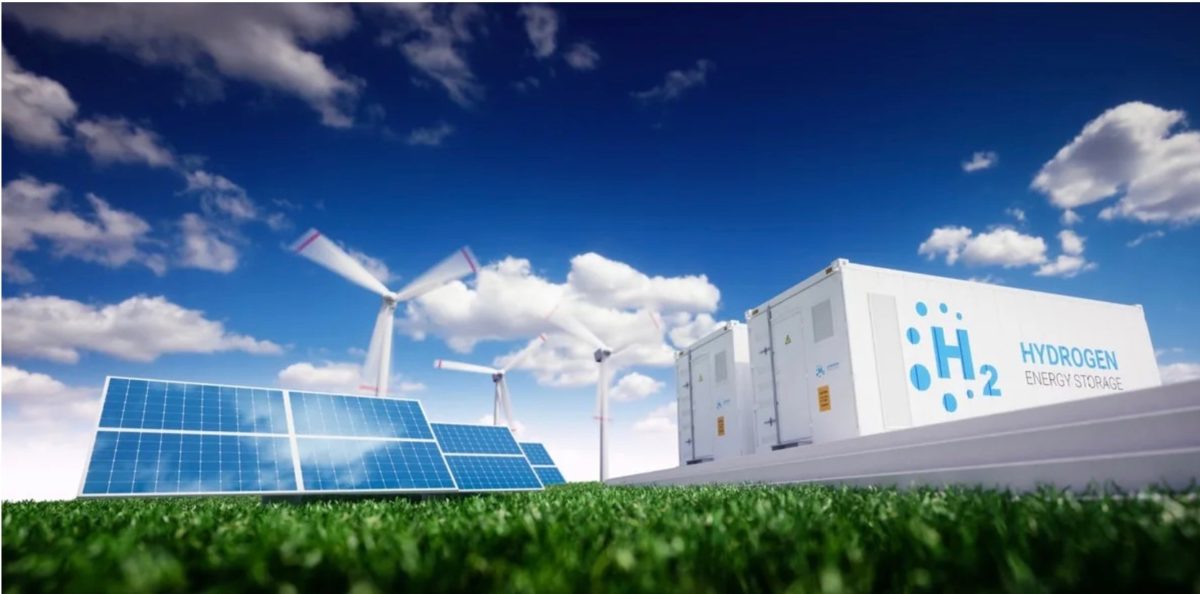
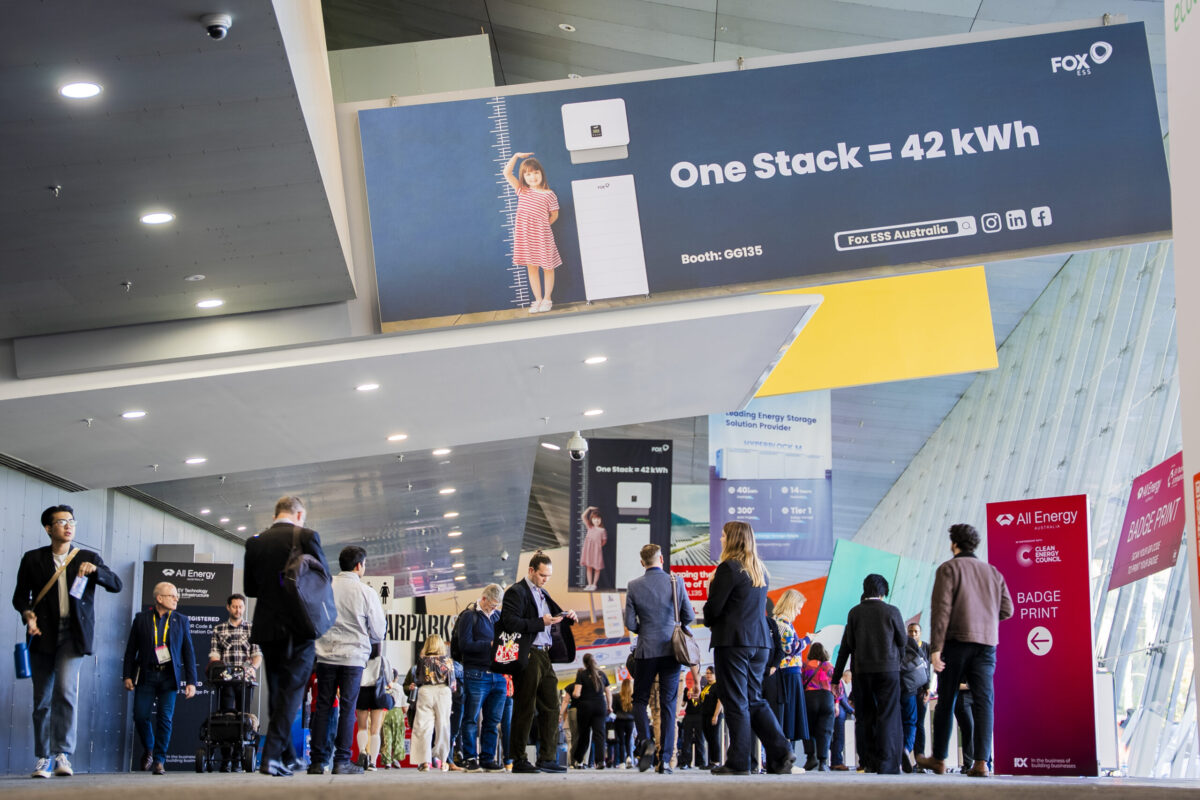


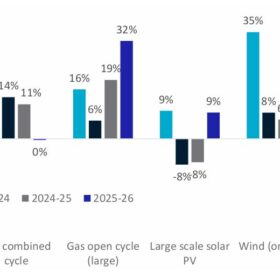
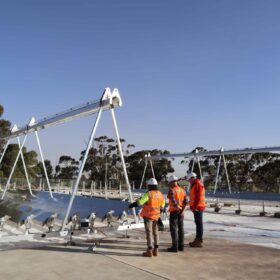
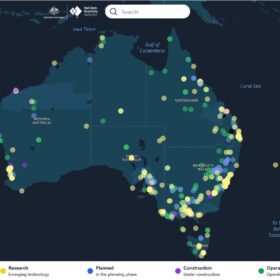
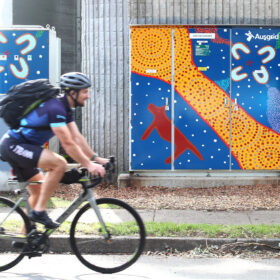
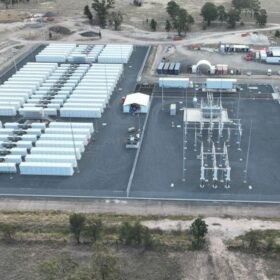
There are many types of zeolites developed for the oil and gas industry over the years. There have been studies using nickel, NiA or NiX containing zeolites to “crack” water into analogs that could be further reacted to get hydrogen. There are zeolites that absorb water that could be “electrified” by alternative energy overgeneration, that could leave hydrogen as one of the reactants. Then could a zeolite matrix be used as a battery and after “charging” up, then would hydrogen be deliberated from the process when discharged?